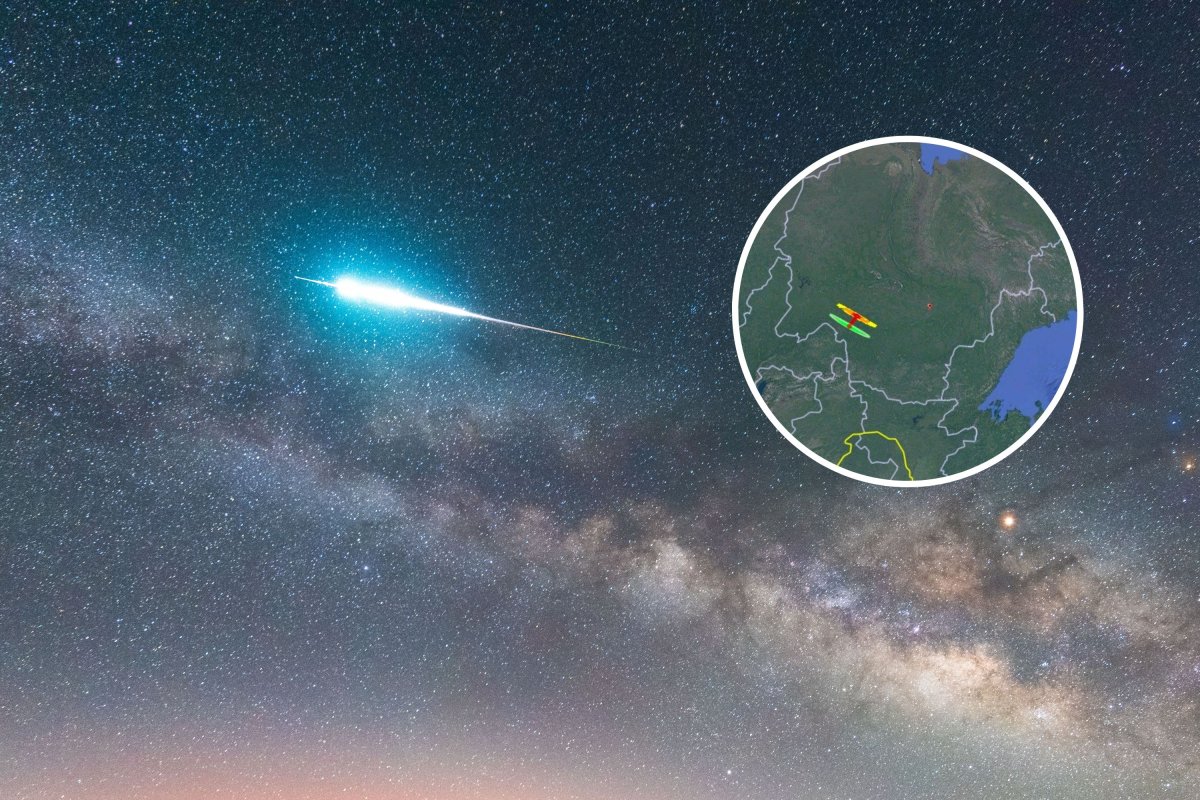Astronomers at the Kitt Peak National Observatory in Arizona detected a small asteroid, roughly 27 inches in diameter, on a collision course with Earth. This asteroid, temporarily named C0WEPC5, entered Earth’s atmosphere around 11:15 a.m. ET, producing a harmless fireball over northern Siberia. The European Space Agency (ESA) confirmed the event, stating that the asteroid disintegrated entirely in the atmosphere, posing no threat to the planet. The bright fireball was visible to observers, but it caused no damage or danger to the region.
C0WEPC5’s close call with Earth marked the fourth asteroid of 2024 to be classified as an “imminent impactor,” a term used for objects that are detected only hours before their predicted entry into Earth’s atmosphere. This marks an unusual frequency of near-Earth encounters, with C0WEPC5 bringing the total number of imminent impactors for 2024 to 11. While most of these objects are small and burn up upon entry, their detection emphasizes the importance of continuous monitoring of the skies. Physicist Richard Moissl confirmed that another potential impactor remains unverified but is still under observation.
This year has seen several similar events, including asteroid 2024 BX1, which entered the atmosphere over Berlin in January and asteroid 2024 RW1, which exploded in a brilliant fireball over the Philippines in September. In October, asteroid 2024 UQ was detected just two hours before it lit up the skies over Hawaii in an awe-inspiring display. These incidents highlight the dynamic and sometimes unpredictable nature of small celestial bodies near our planet.
The frequent detection of these objects has prompted scientists to refine their monitoring techniques and improve early warning systems. While most of these asteroids are too small to pose a significant threat, their sudden appearance reinforces the need for ongoing surveillance of Earth’s near space environment. With each new event, astronomers continue to refine their models and enhance our understanding of potential hazards from space.


















